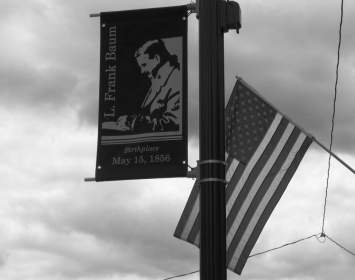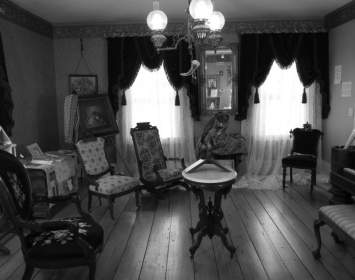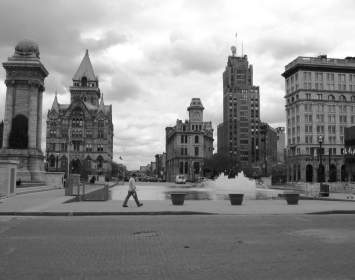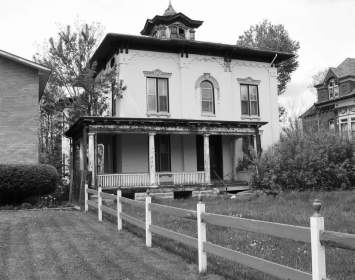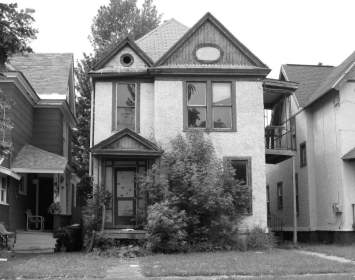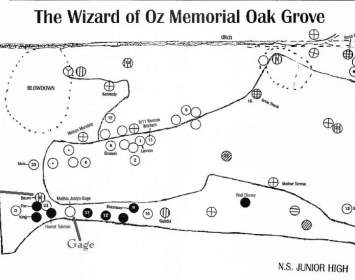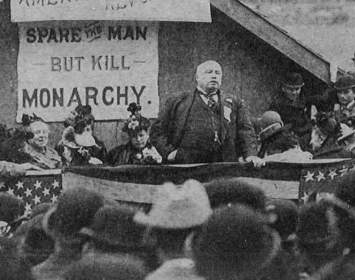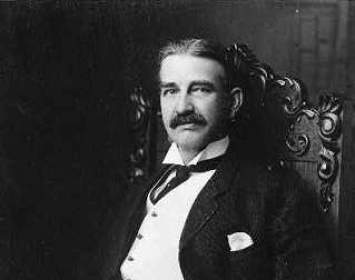Oz / L. Frank Baum Sites
Custom
24.2 Miles
This trail is quite compact, extending from Syracuse on the west to Fayetteville on the east. Unmarked sites are omitted. All sites on this list include a historical marker, a historic structure, or a museum.
Everyone knows The Wizard of Oz (1939), inspired by L. Frank Baum’s children’s books. Few know Baum was an early feminist and a freethinker. Credit his mother-law, suffragist Matilda Joslyn Gage.
Can it be? L. (for Lyman) Frank Baum (1856–1919), kindly author of the Oz fantasies, a freethinker with ties to the woman's rights movement (nineteenth-century practice was to use the singular, woman's; later practice was to use the plural, women's)? It's true—and what's more, much of it lies amazingly close to the surface, even in the beloved 1939 film The Wizard of Oz.
Baum was born in Chittenango and passed much of his youth in Syracuse. There he probably witnessed a hot-air balloon launch in the city's Clinton Square that may have inspired the climactic scene in The Wizard of Oz involving the Wizard's own fickle balloon. There Baum dabbled in various business pursuits.
A Methodist by upbringing, Baum was apparently a freethinker by his mid-thirties, when as editor of an Aberdeen, South Dakota, newspaper he gleefully proclaimed the age of "unfaith" and predicted the collapse of organized religion. Still, Baum was more a heretic than an atheist; he believed in the spirit realm and proposed to replace Christianity with the then-popular quasi-spiritualist doctrine of Theosophy, also a fascination of his mother-in-law, the suffrage leader and anti-Christian feminist firebrand, Matilda Joslyn Gage.
Baum was fascinated by his brilliant mother-in-law and spent many hours in her company, absorbing her conviction that Christianity was a false religion that oppressed women; her radically advanced ideas of gender equality; and her sophisticated theories about non-authoritarian governance, inspired by her studies of the Iroquois Indians. All of these notions color the Oz books. Think of the preponderance of strong female characters (Dorothy, Glinda, the Wicked Witch of the West), quite extraordinary by the standards of the period. Think of the utter and pointed omission of religion and central government in the land of Oz: in the words of Baum scholar Katharine M. Rogers, "Oz is a utopia where people are naturally inclined to help and respect each other because they are happy." And consider the climax of the movie, where Toto goes behind the curtain and exposes "the great and powerful Oz" as a false god.
Baum would lampoon religion even more explicitly in two non-Oz children's books: Policeman Bluejay (1907) and The Sea Fairies (1911).
By the time the Oz books attained great success, Baum had moved with his family to Chicago. But his roots lie firmly on the Freethought Trail.
